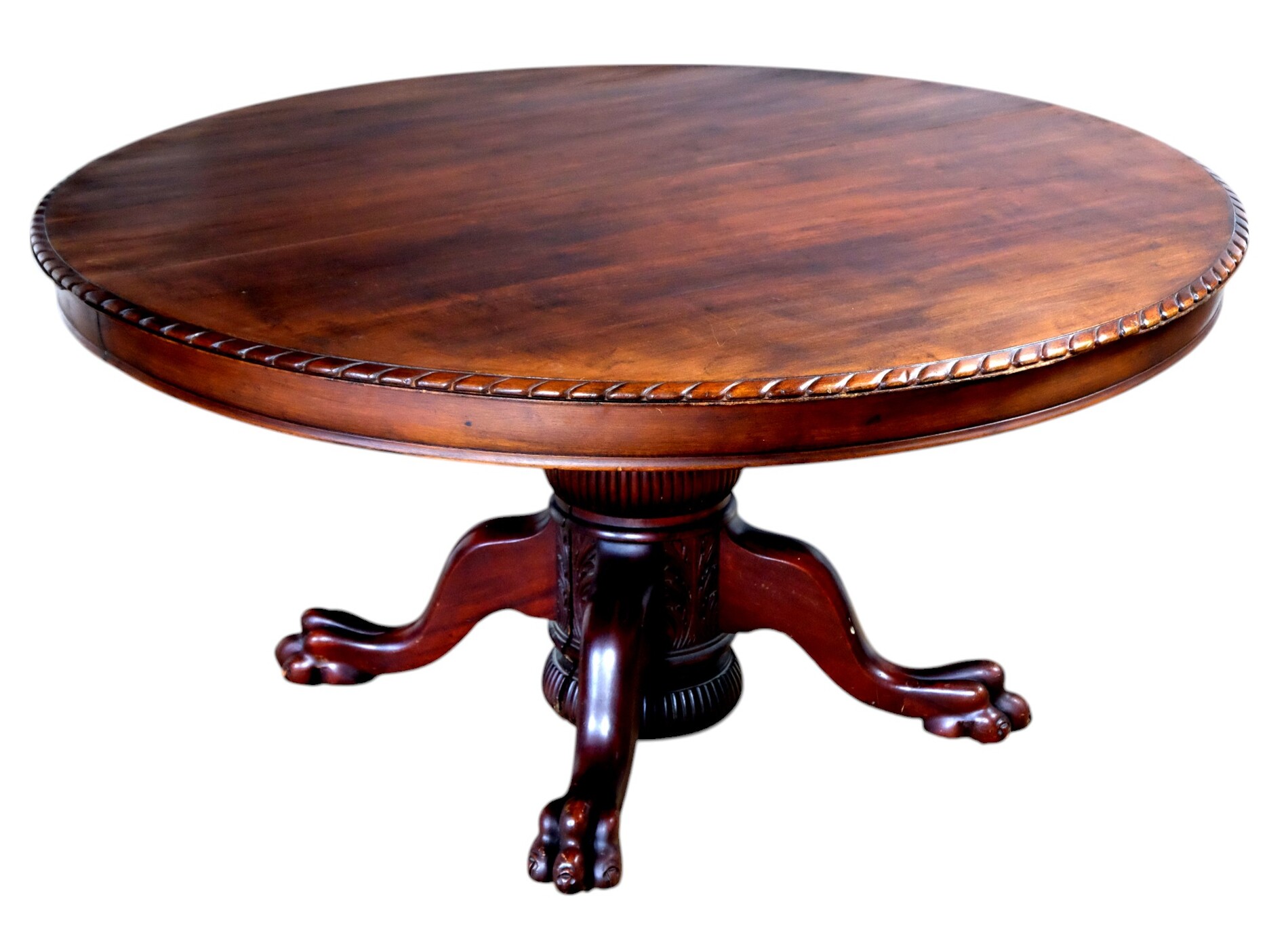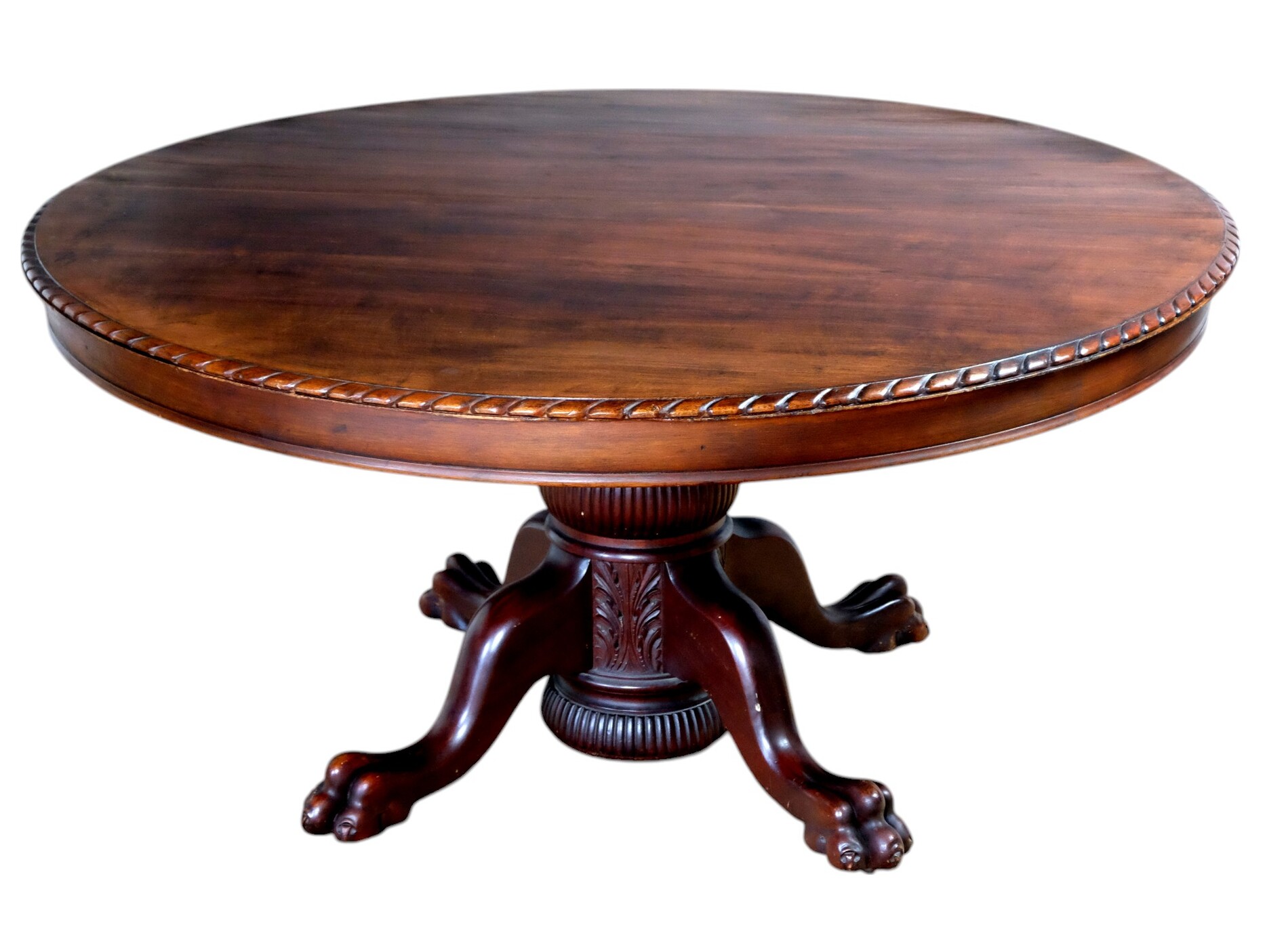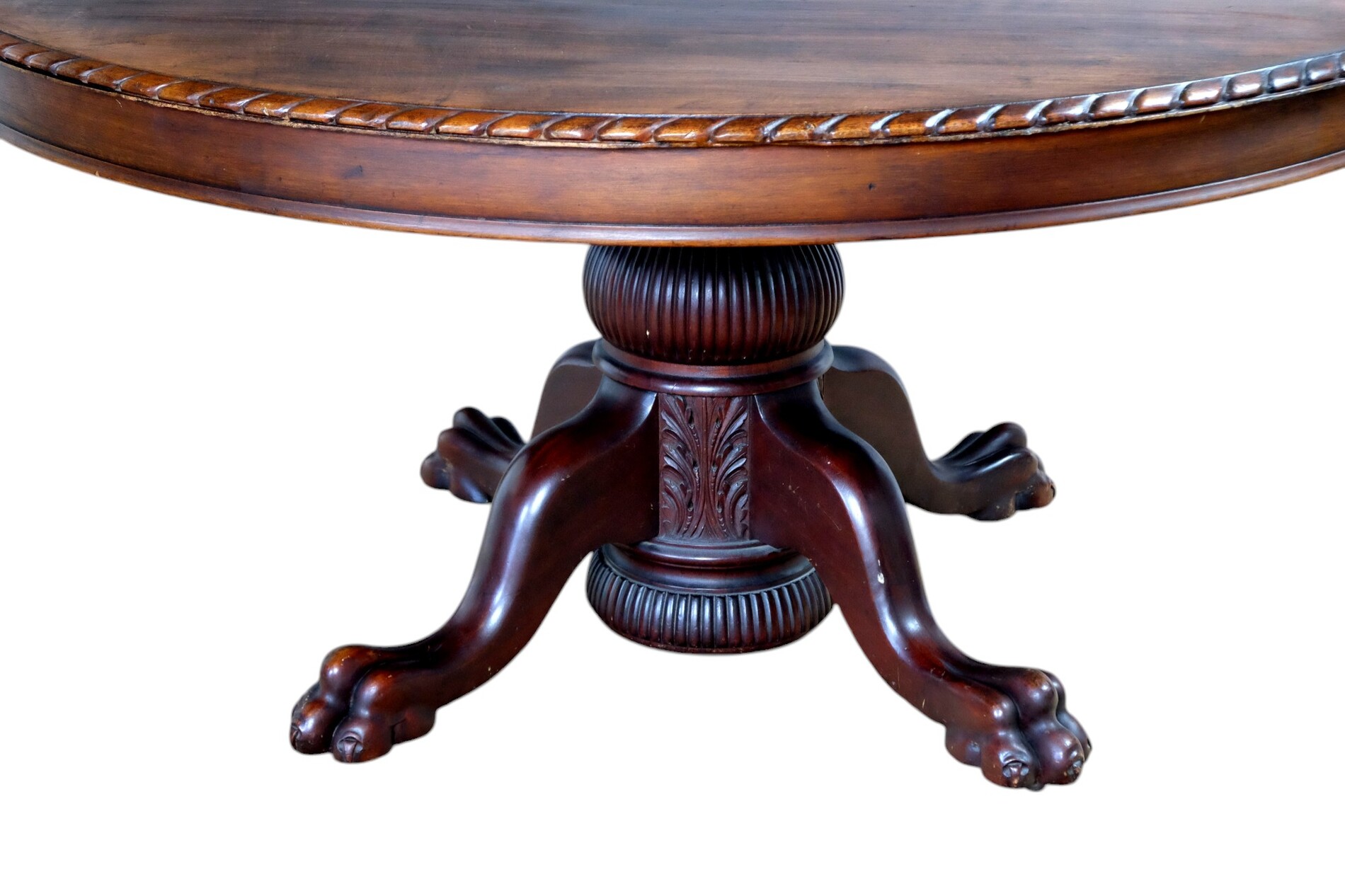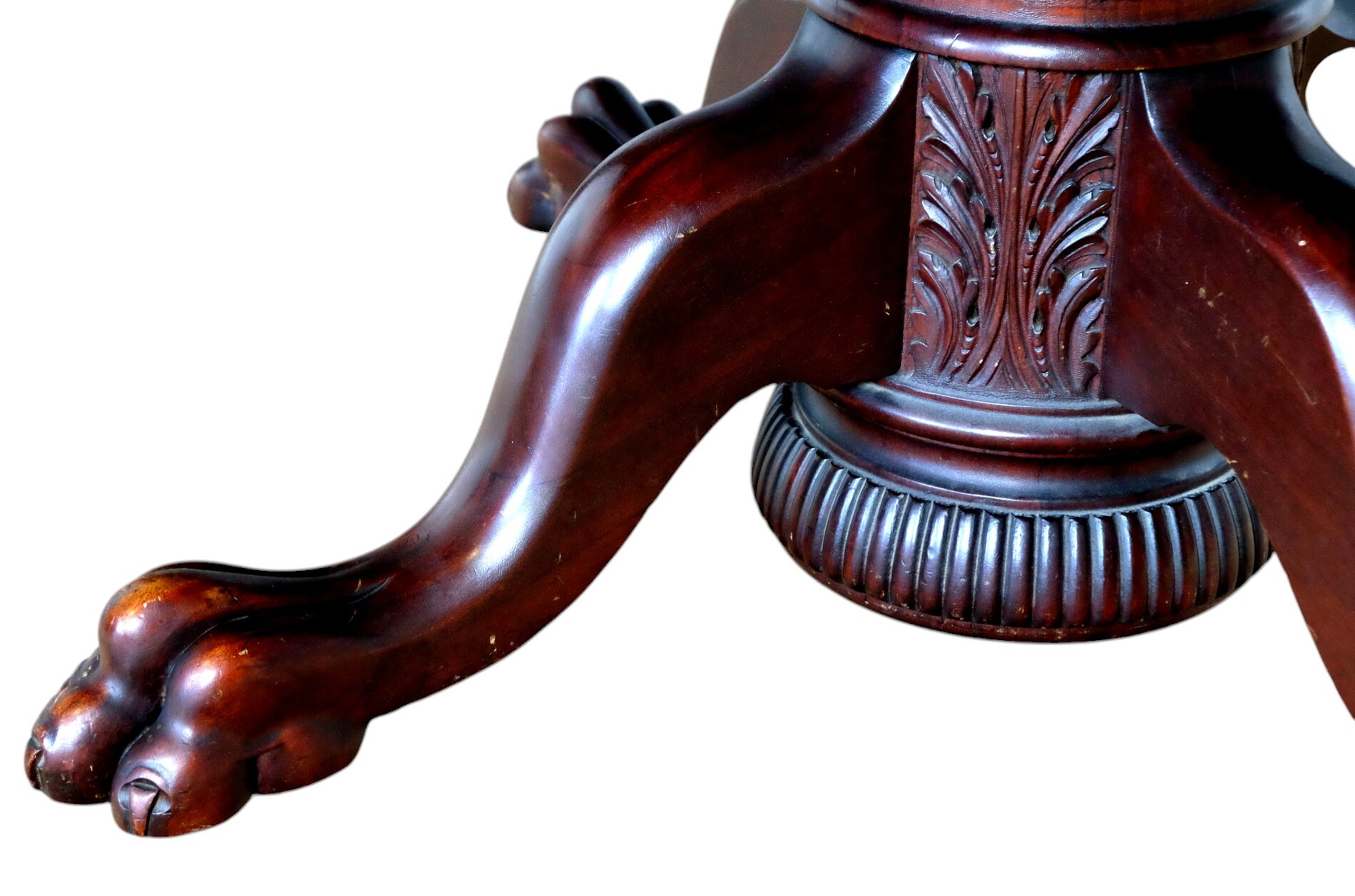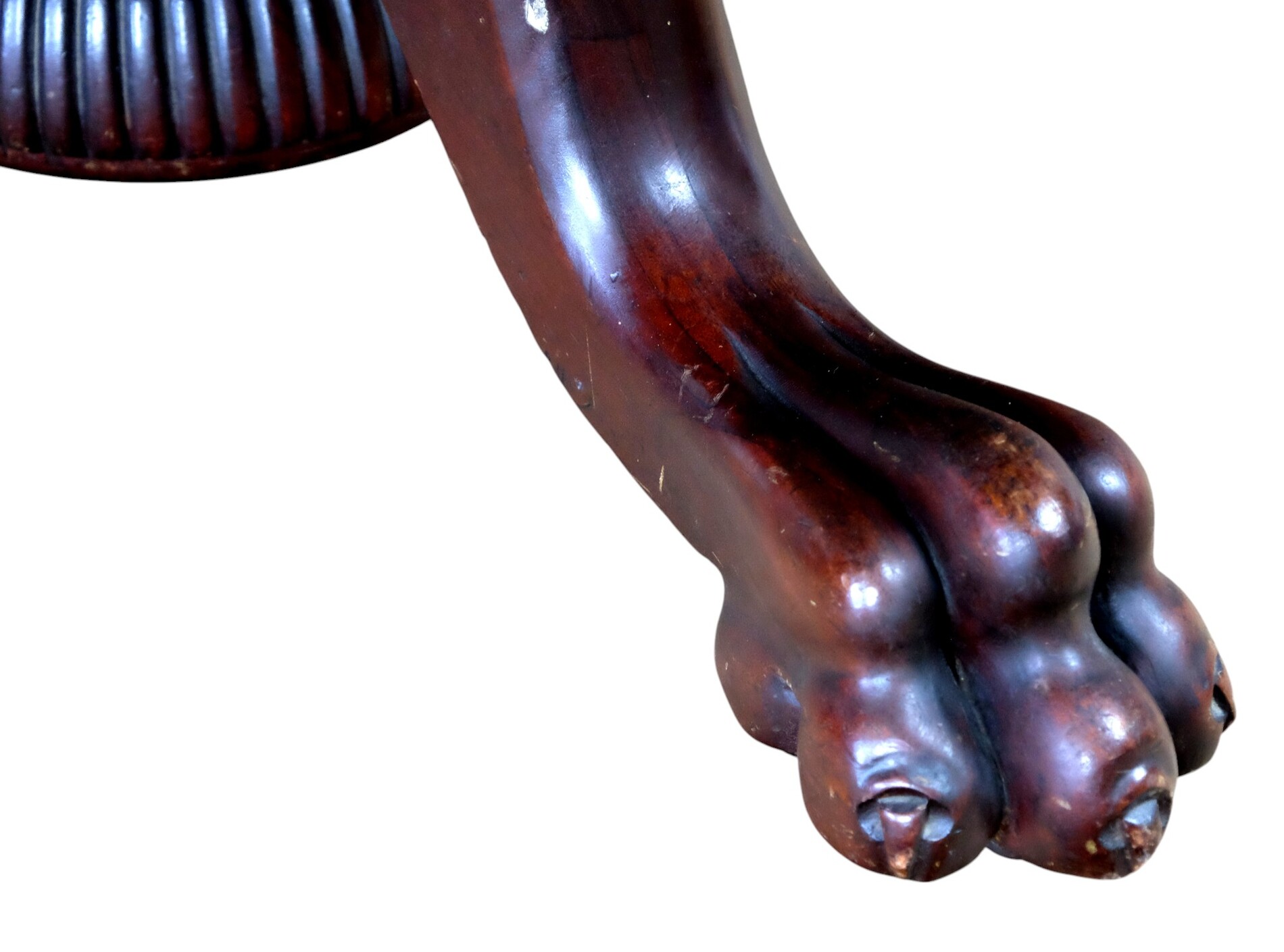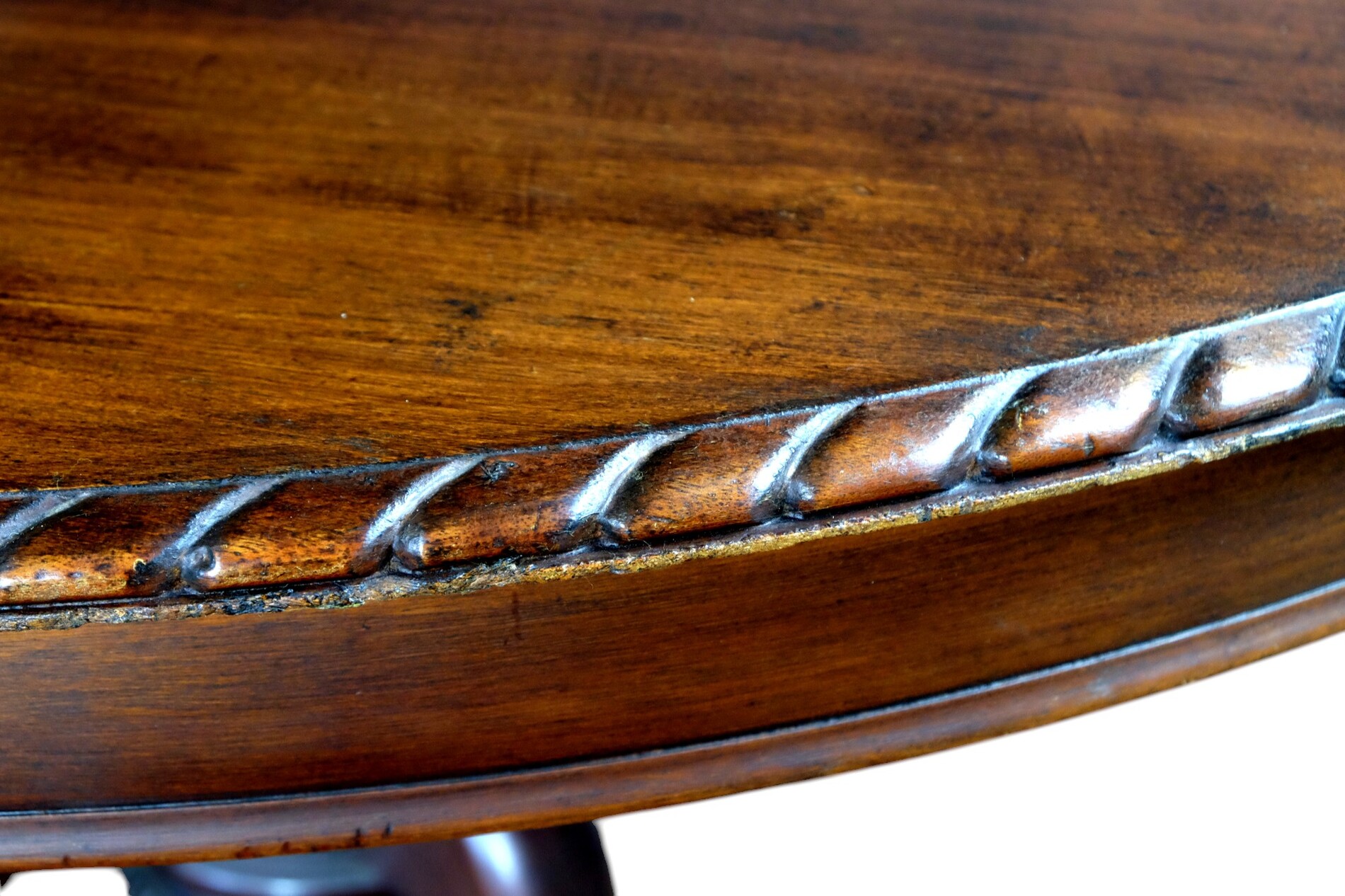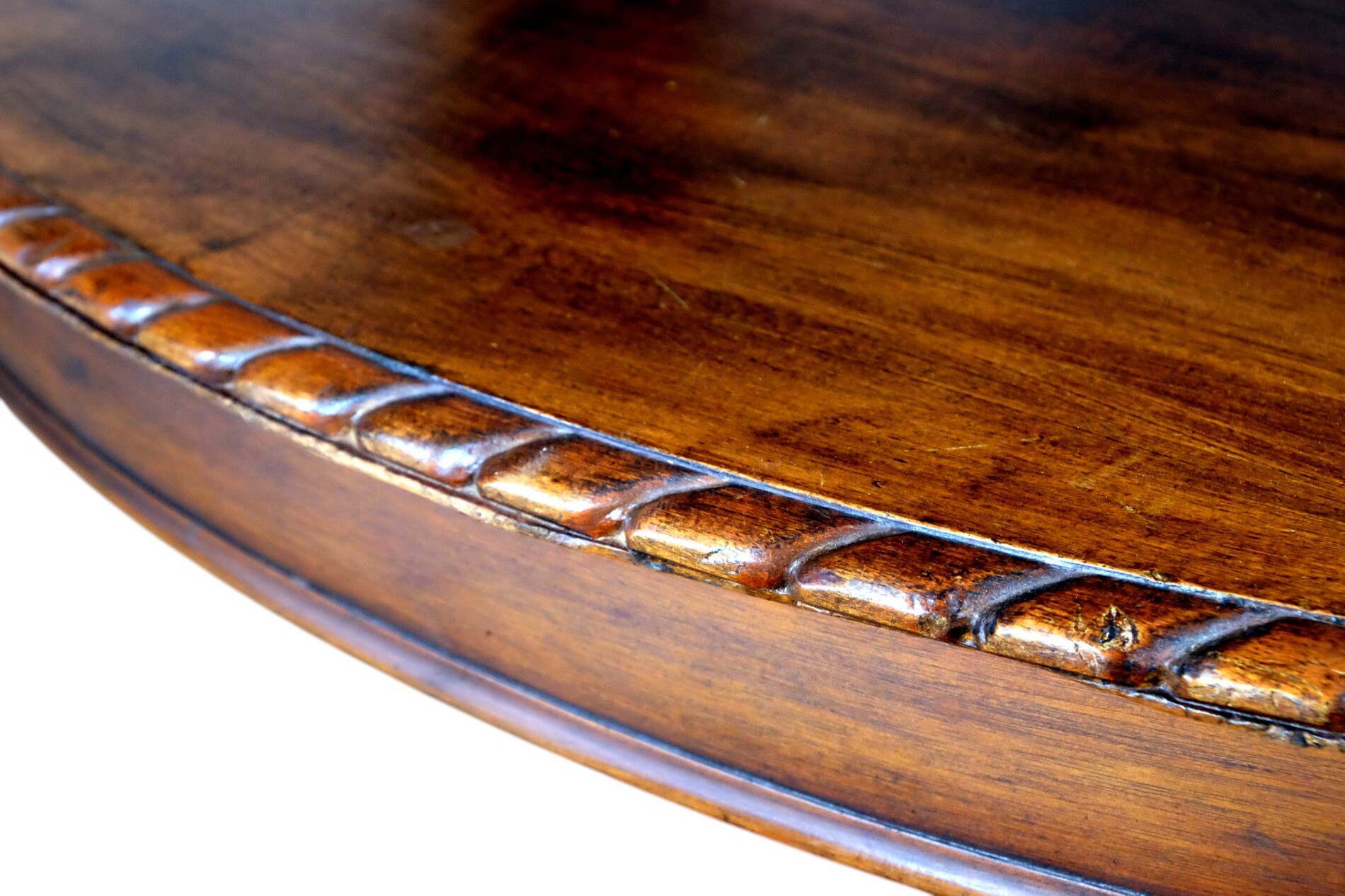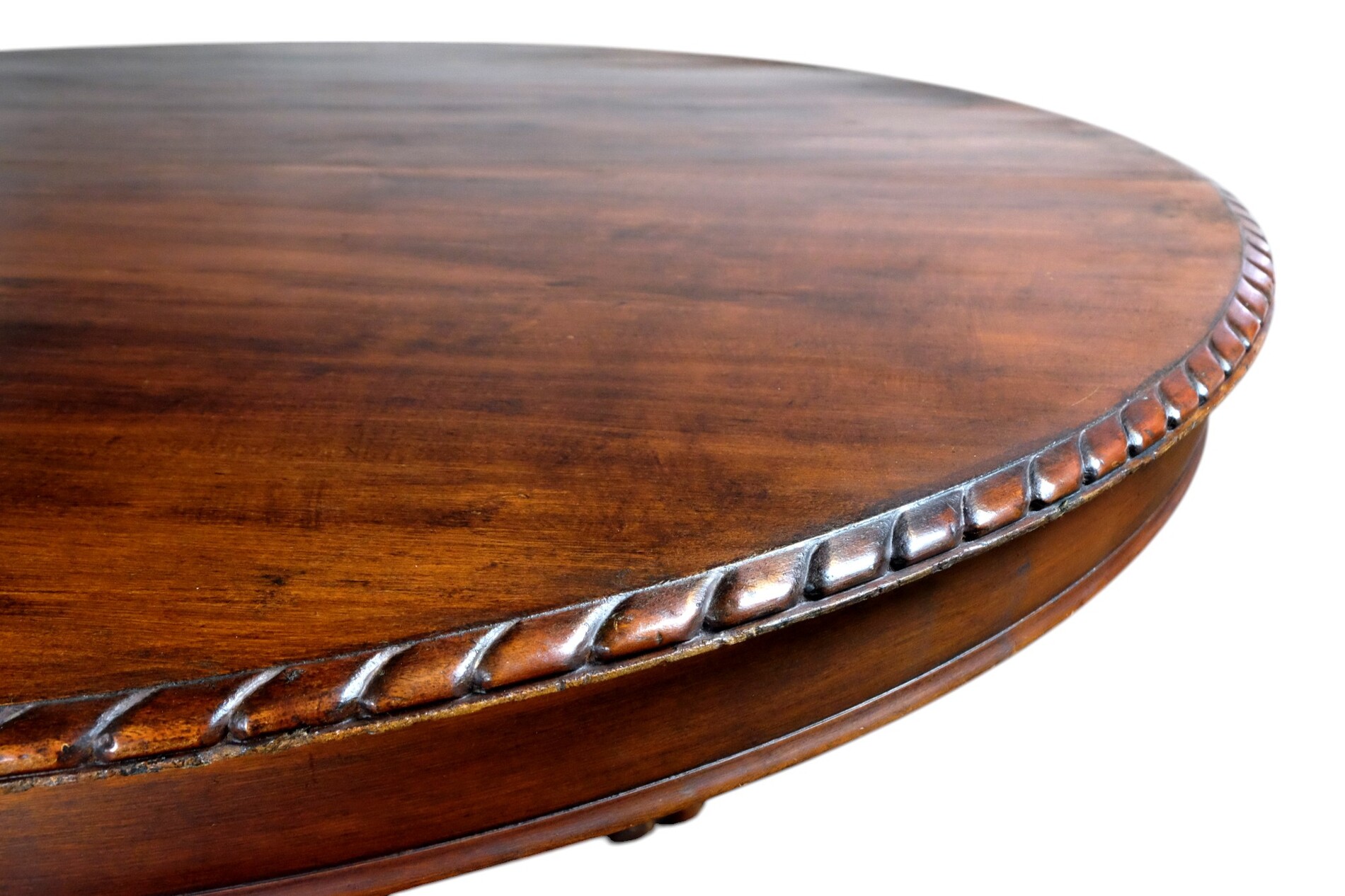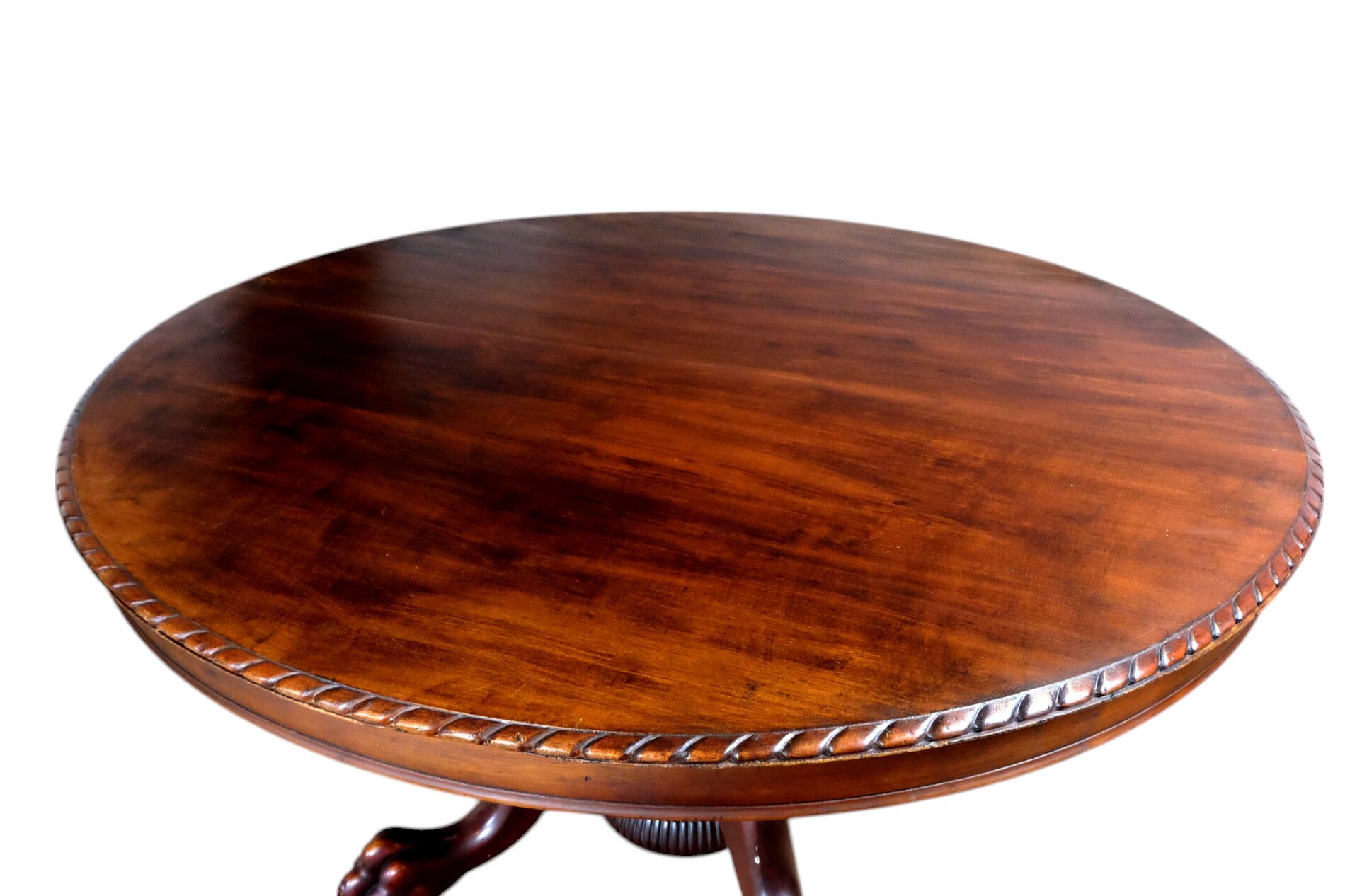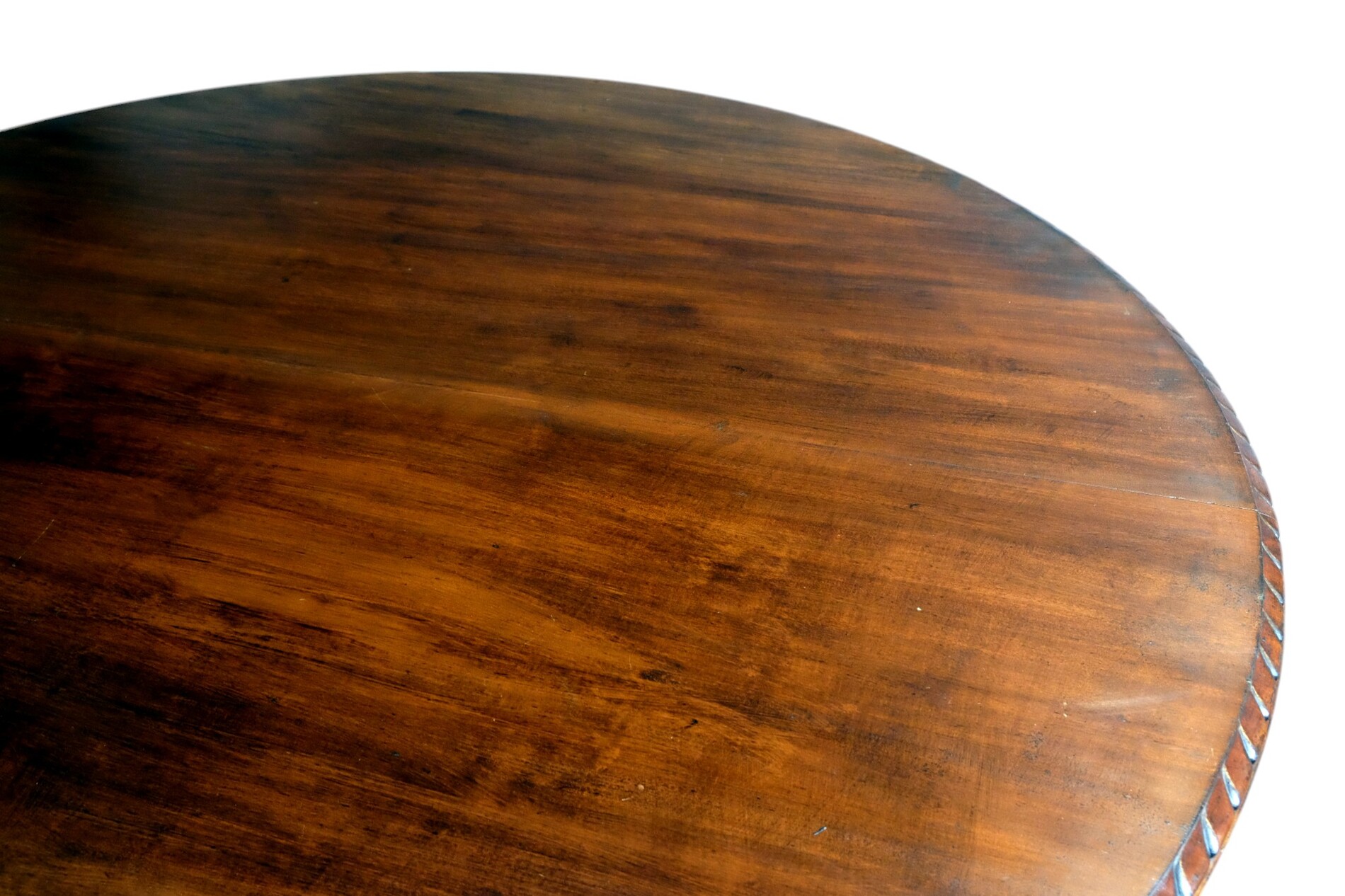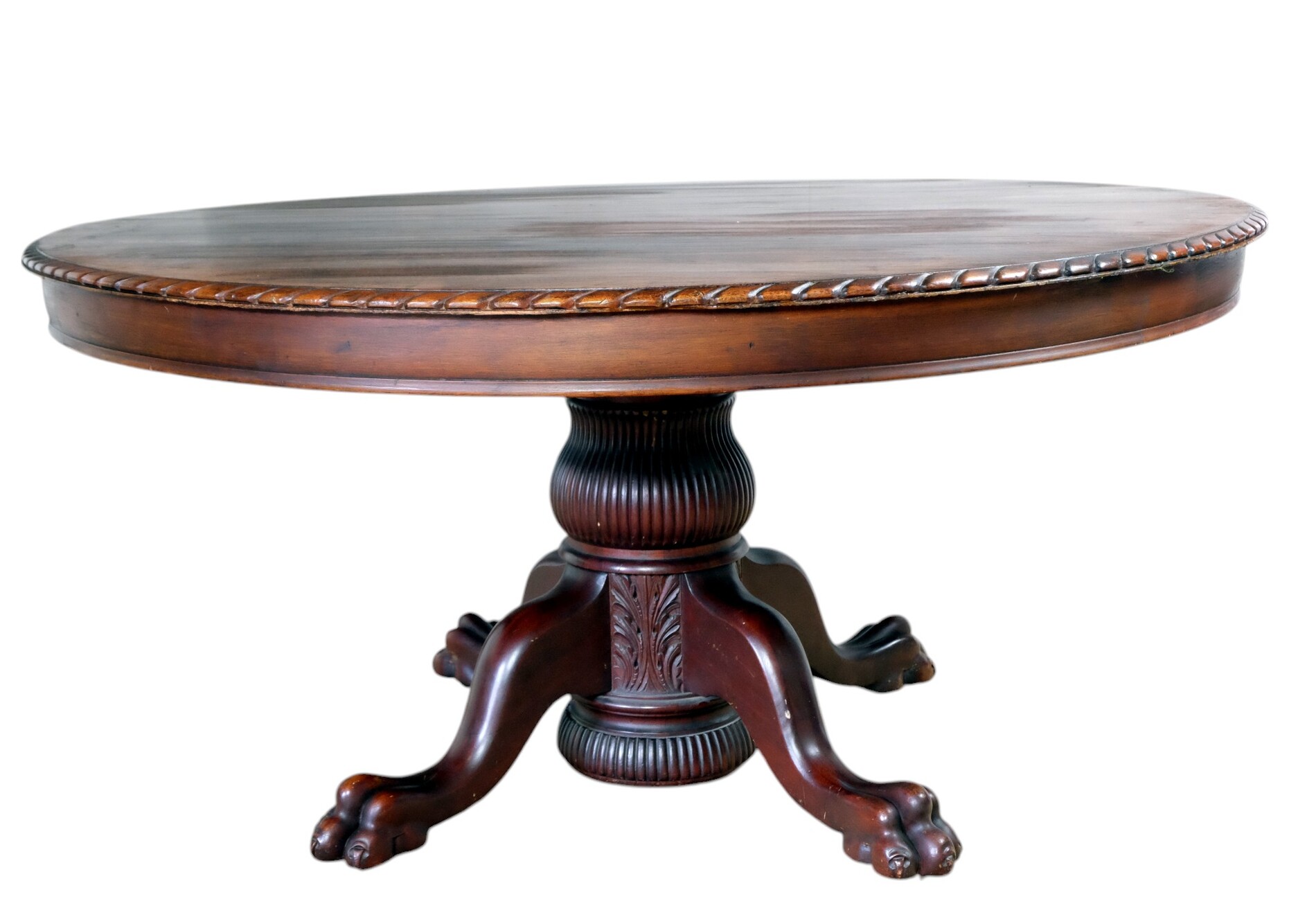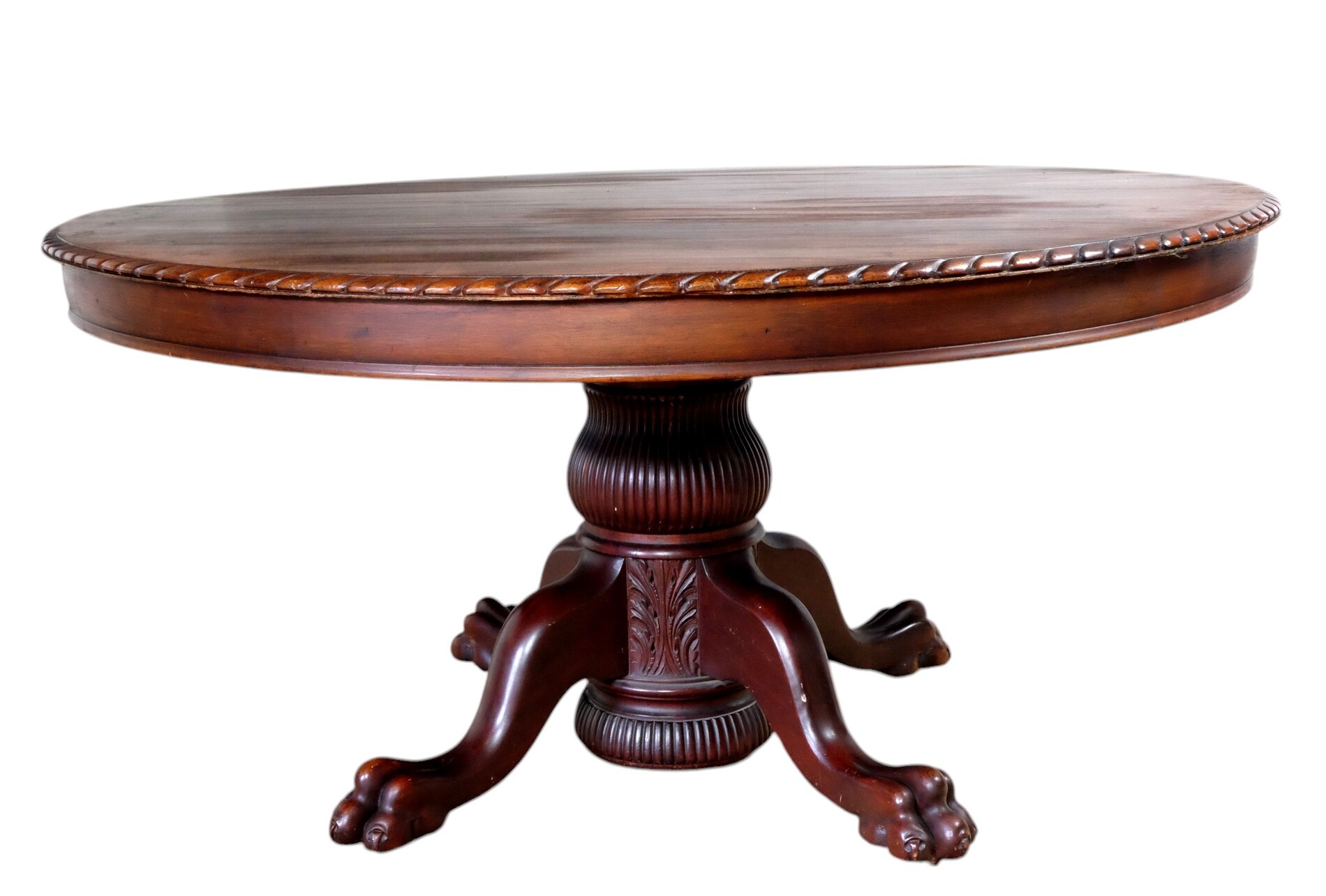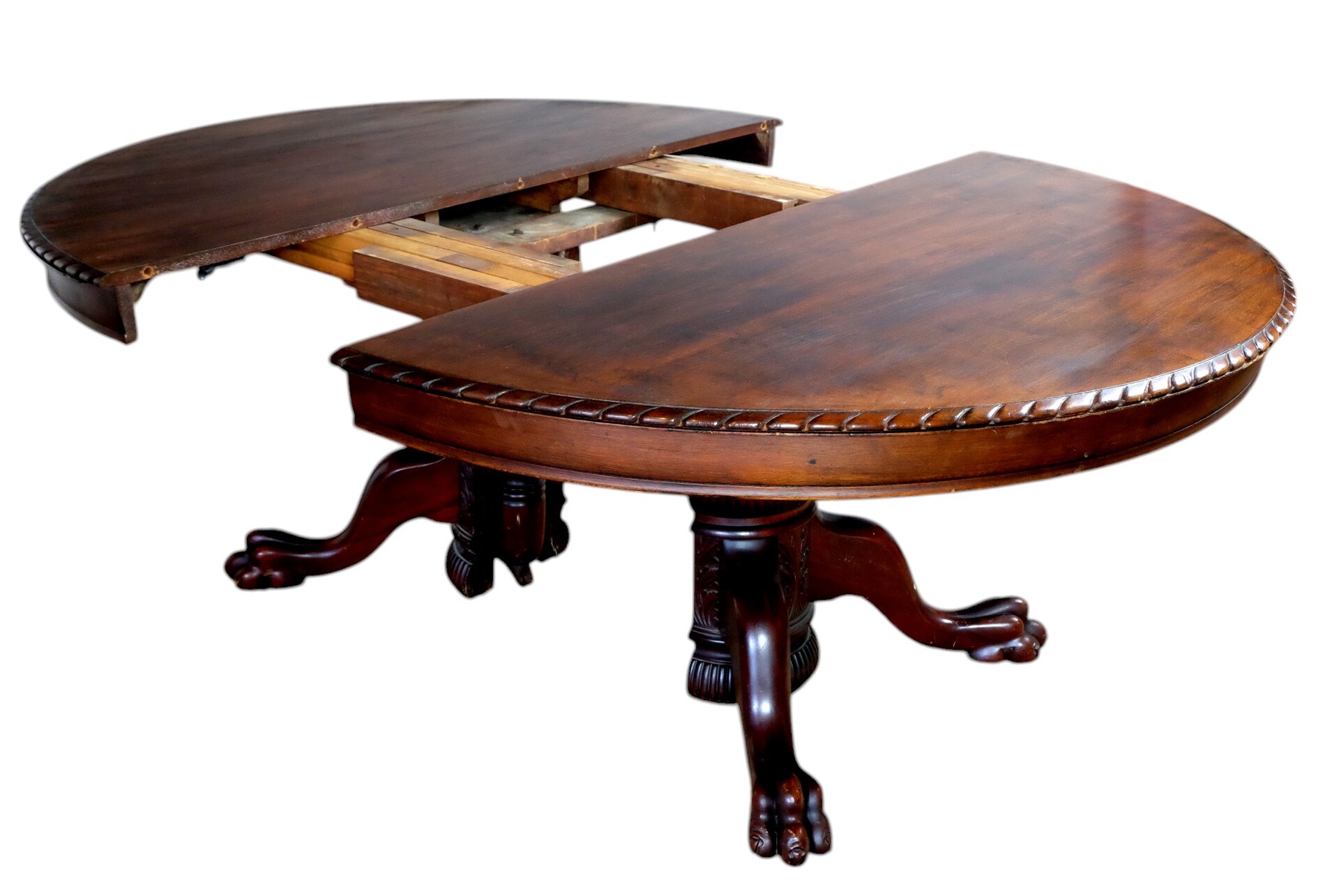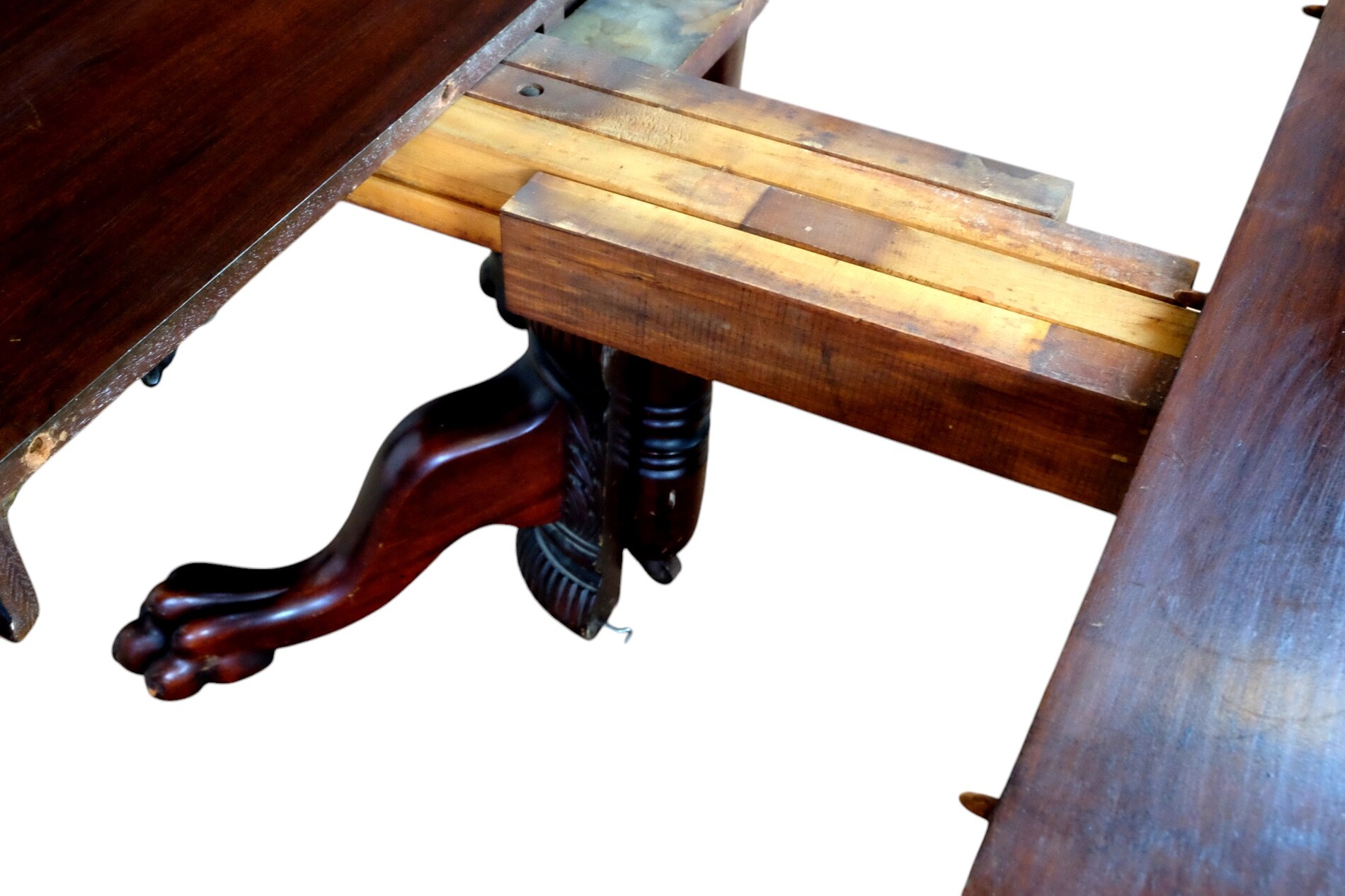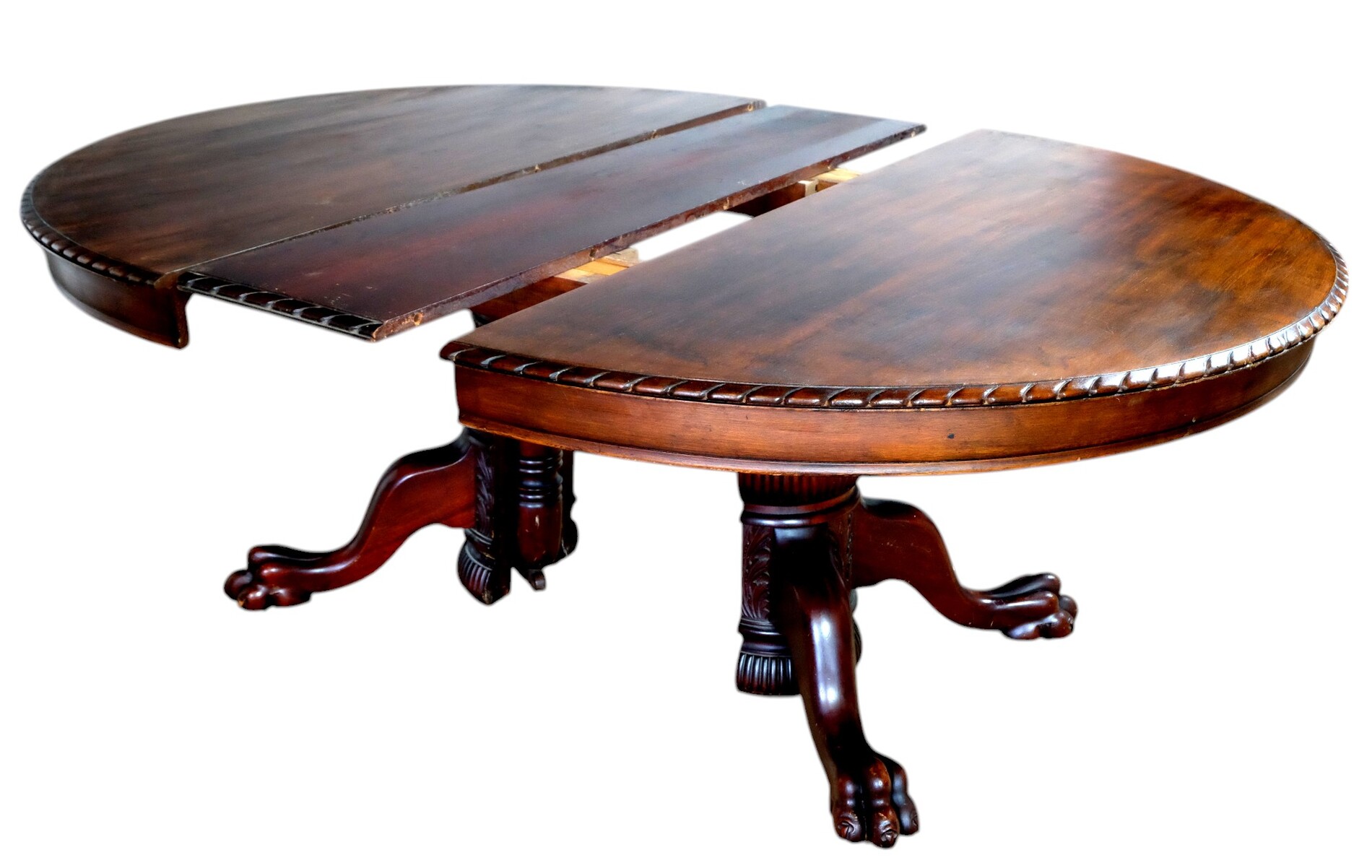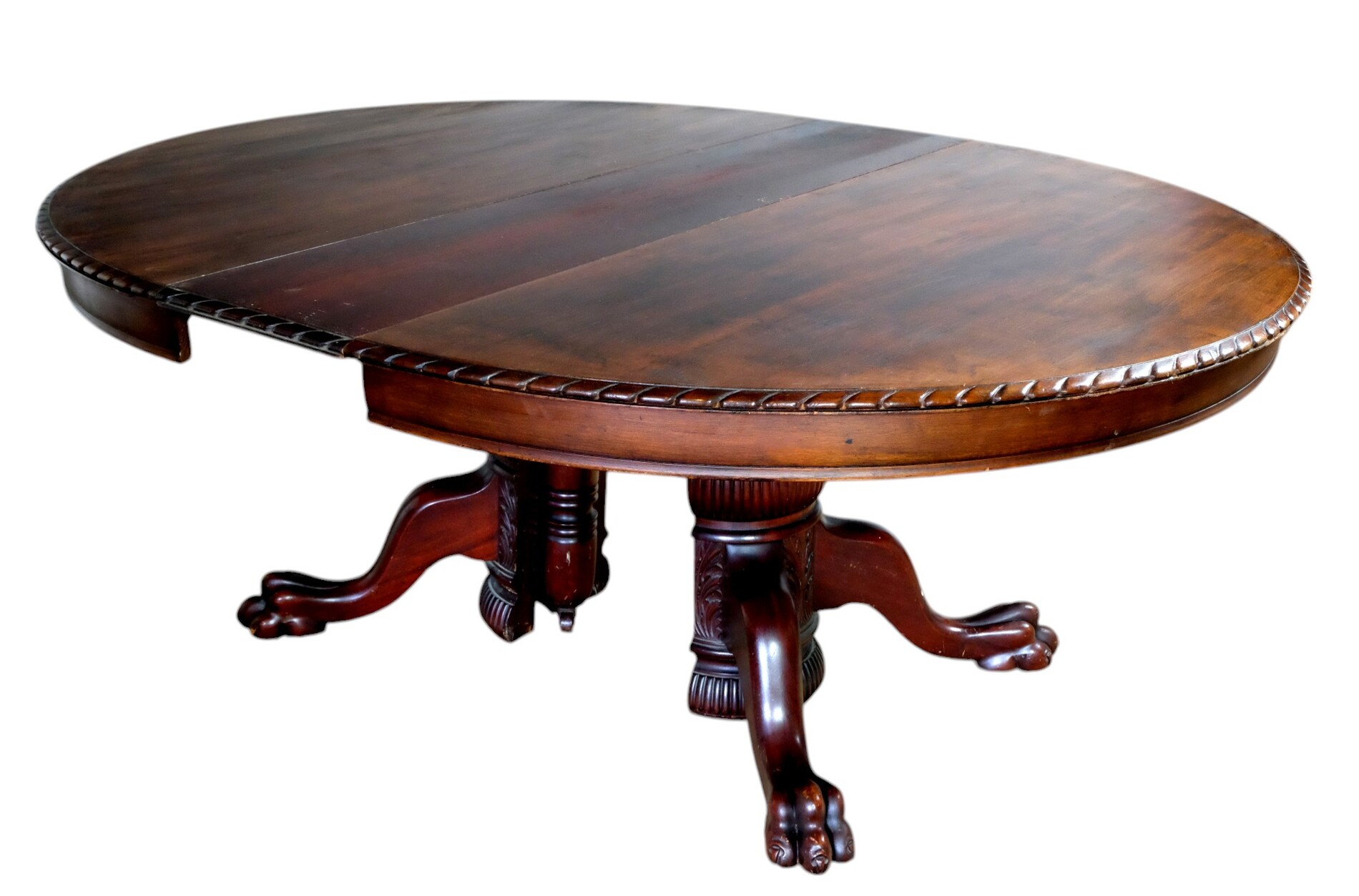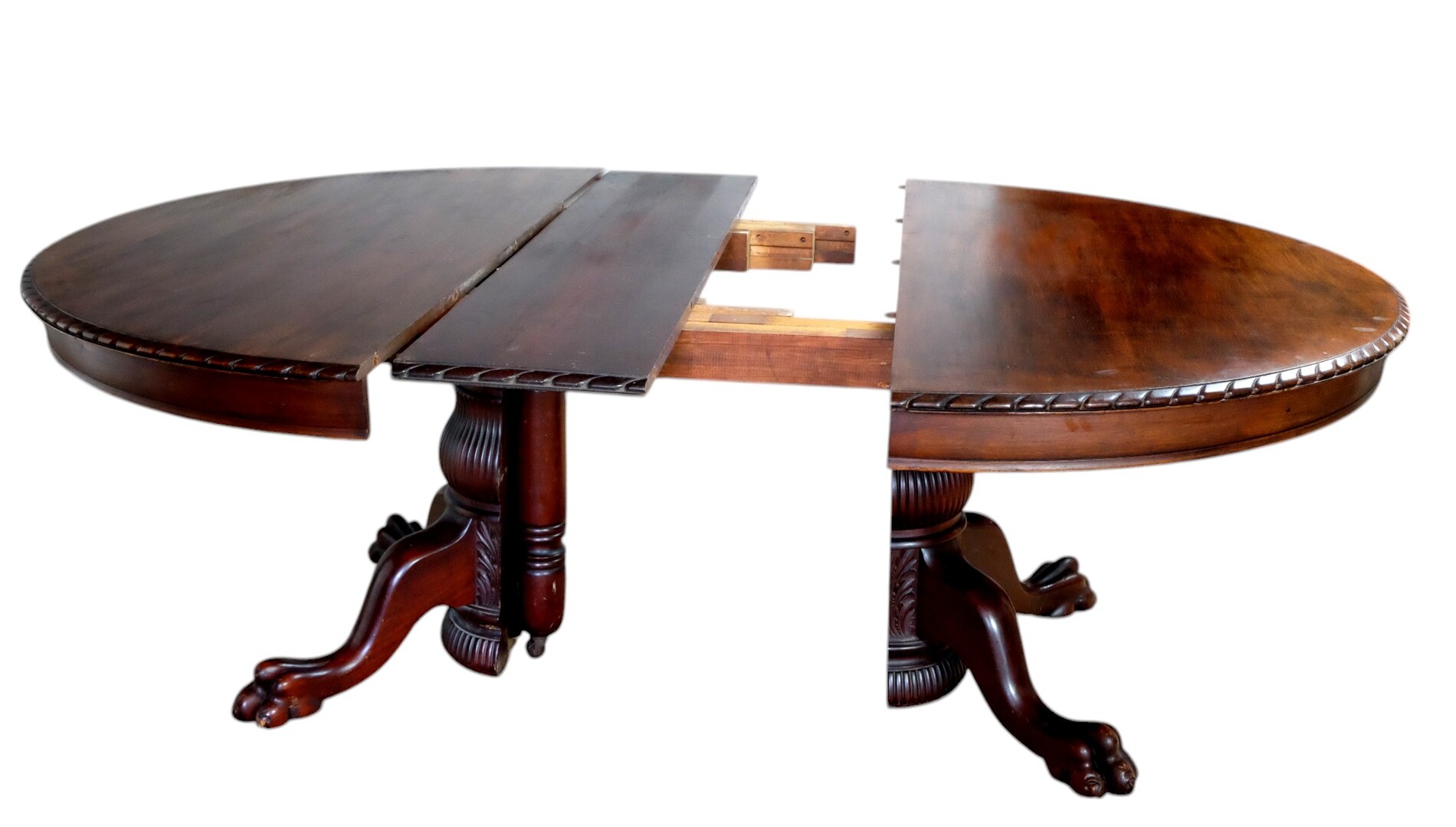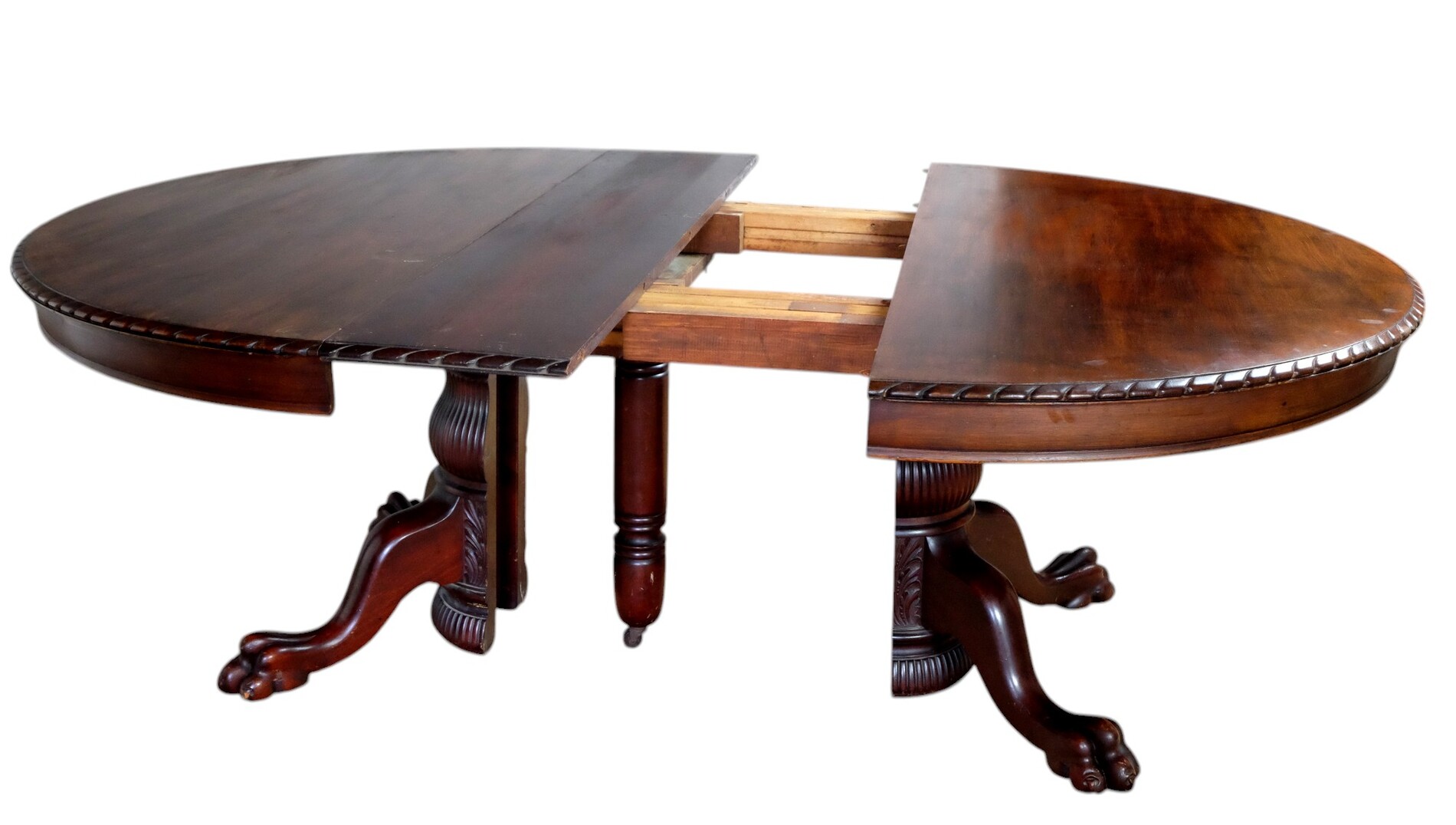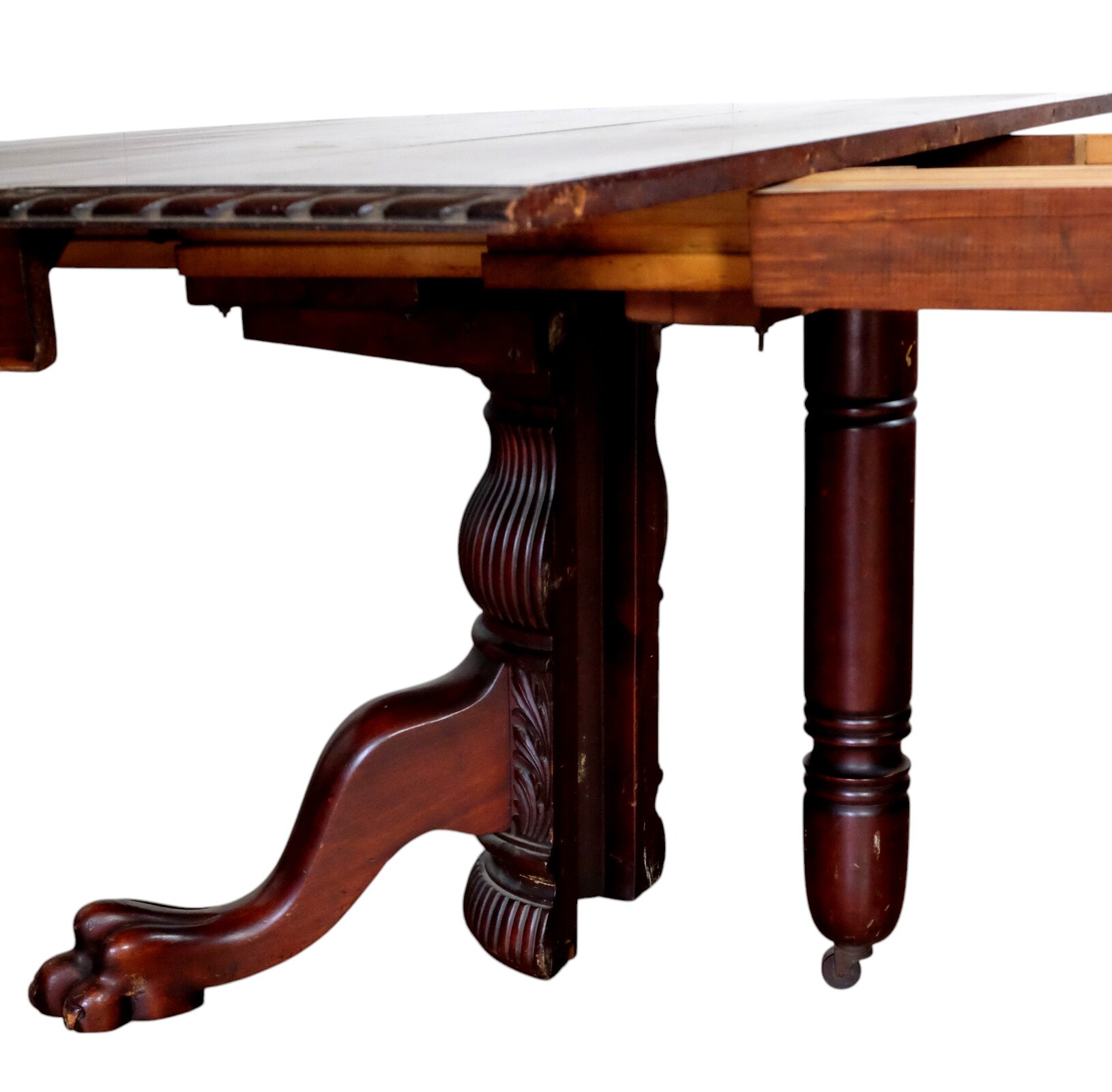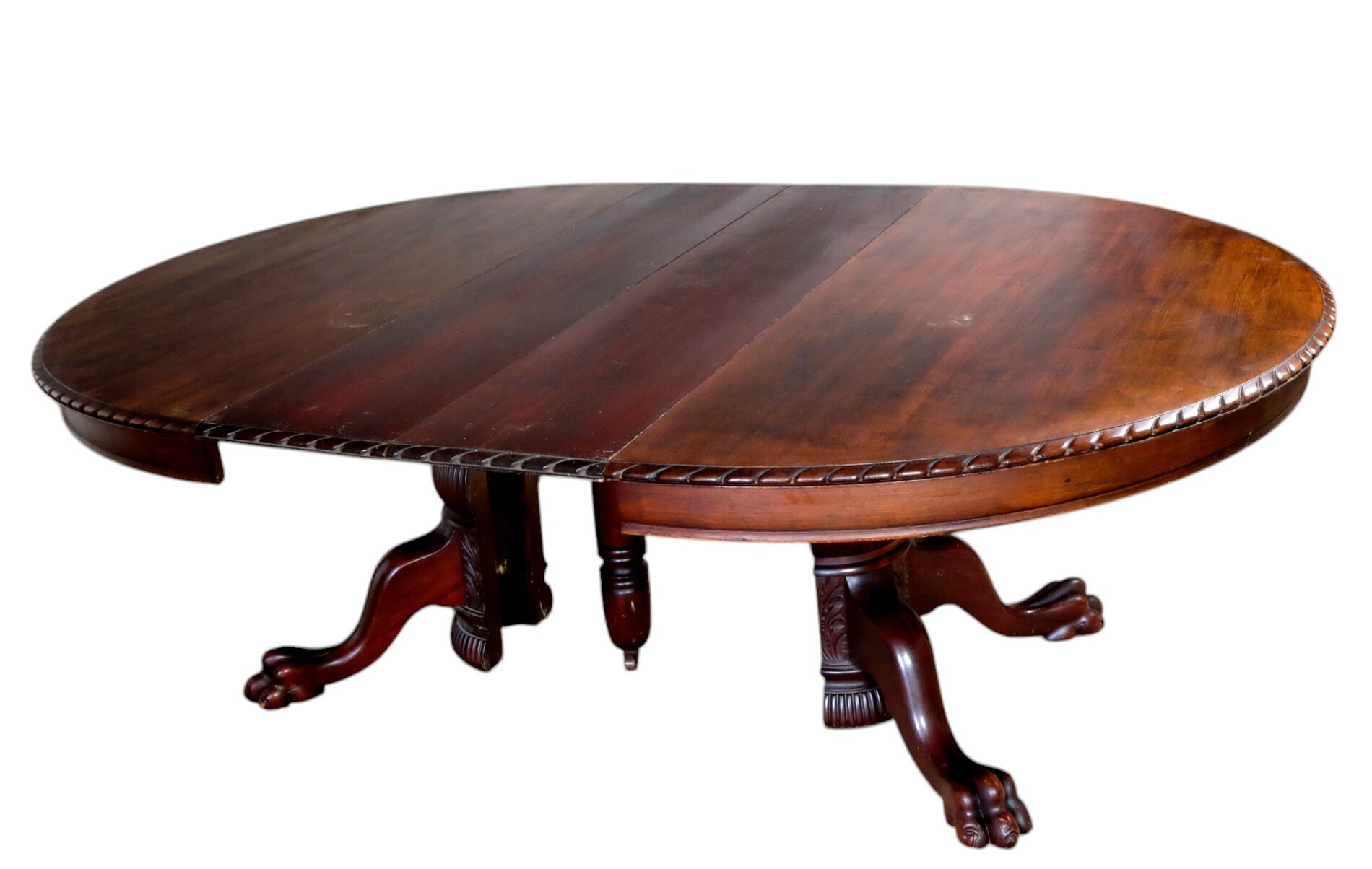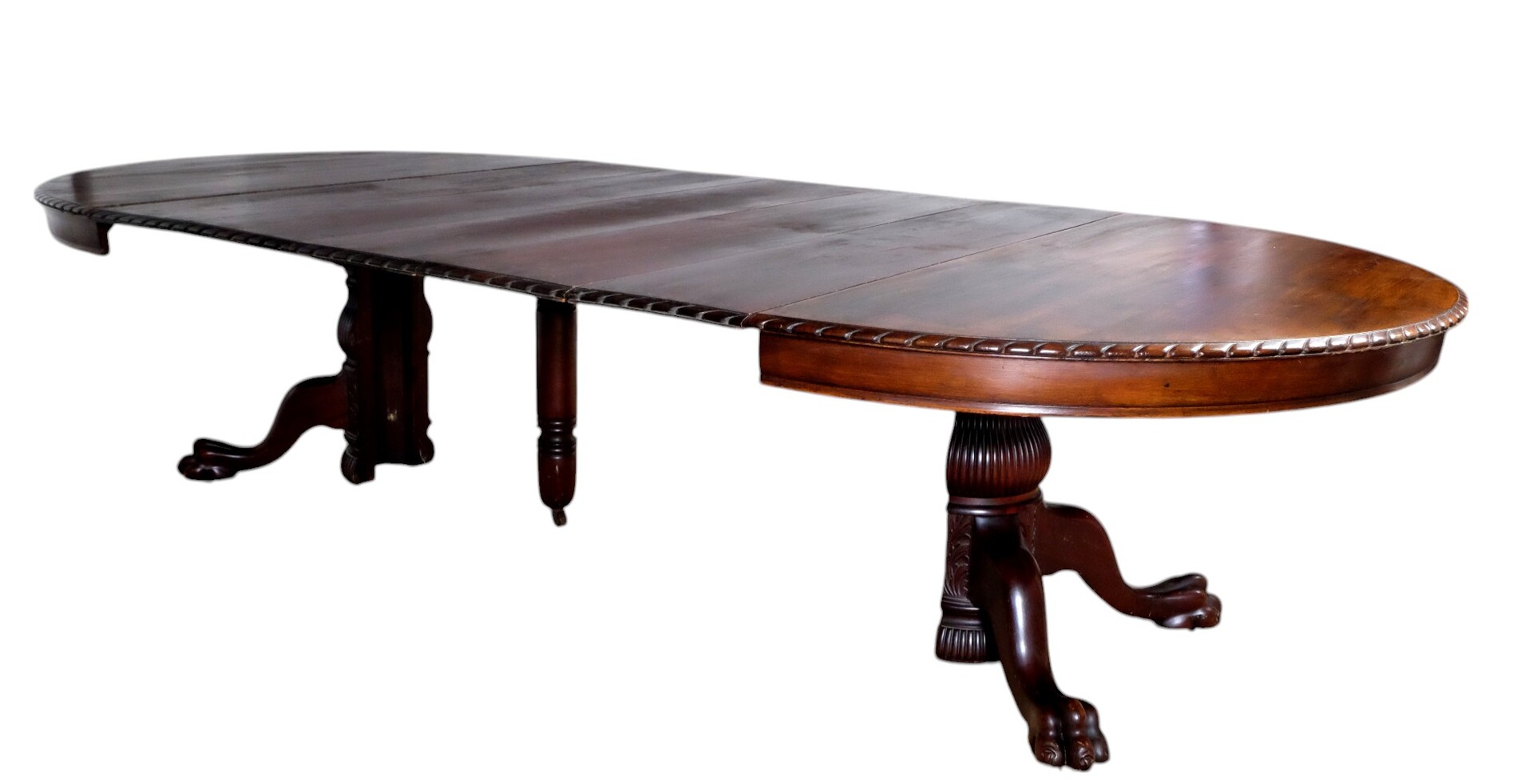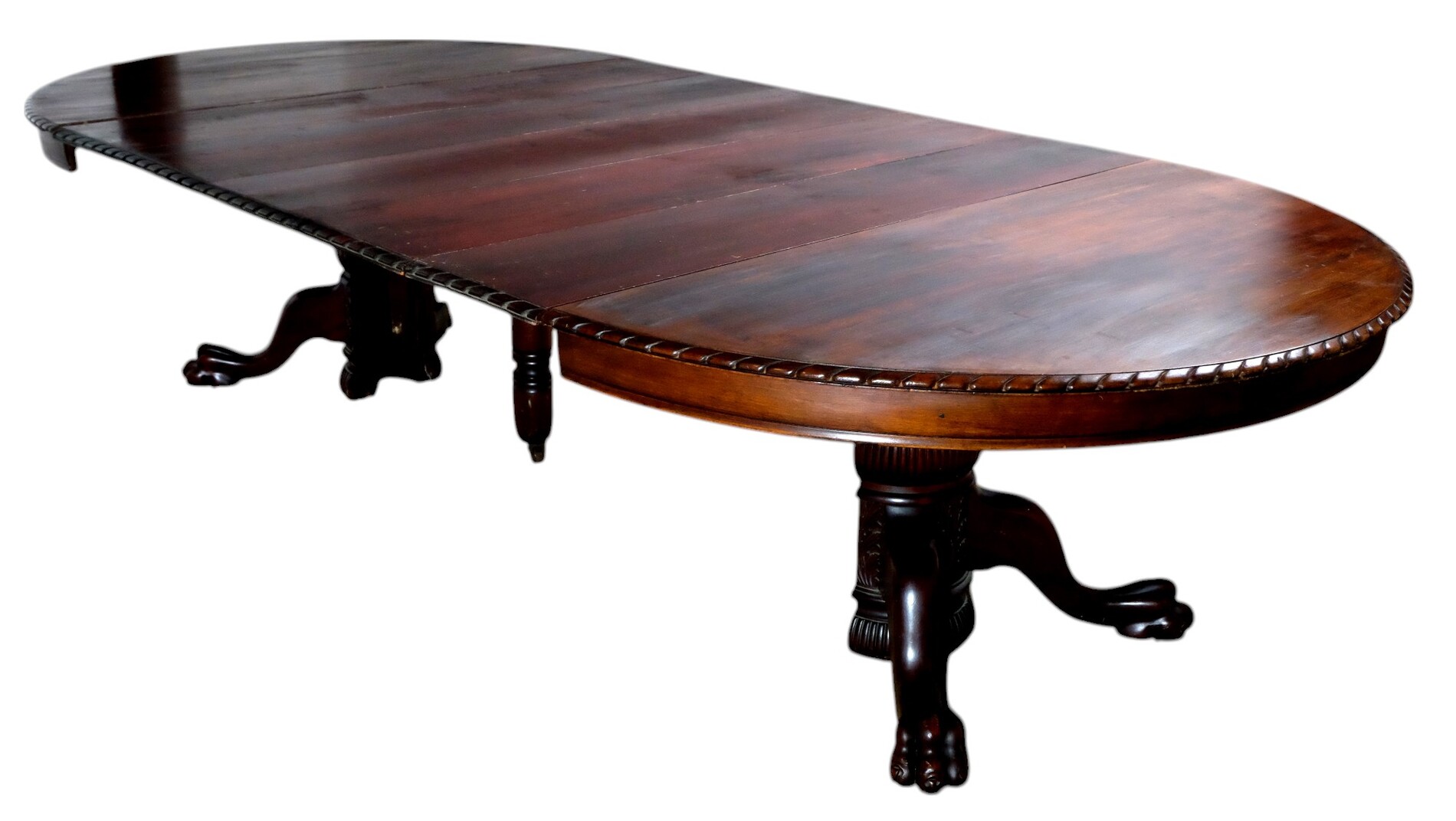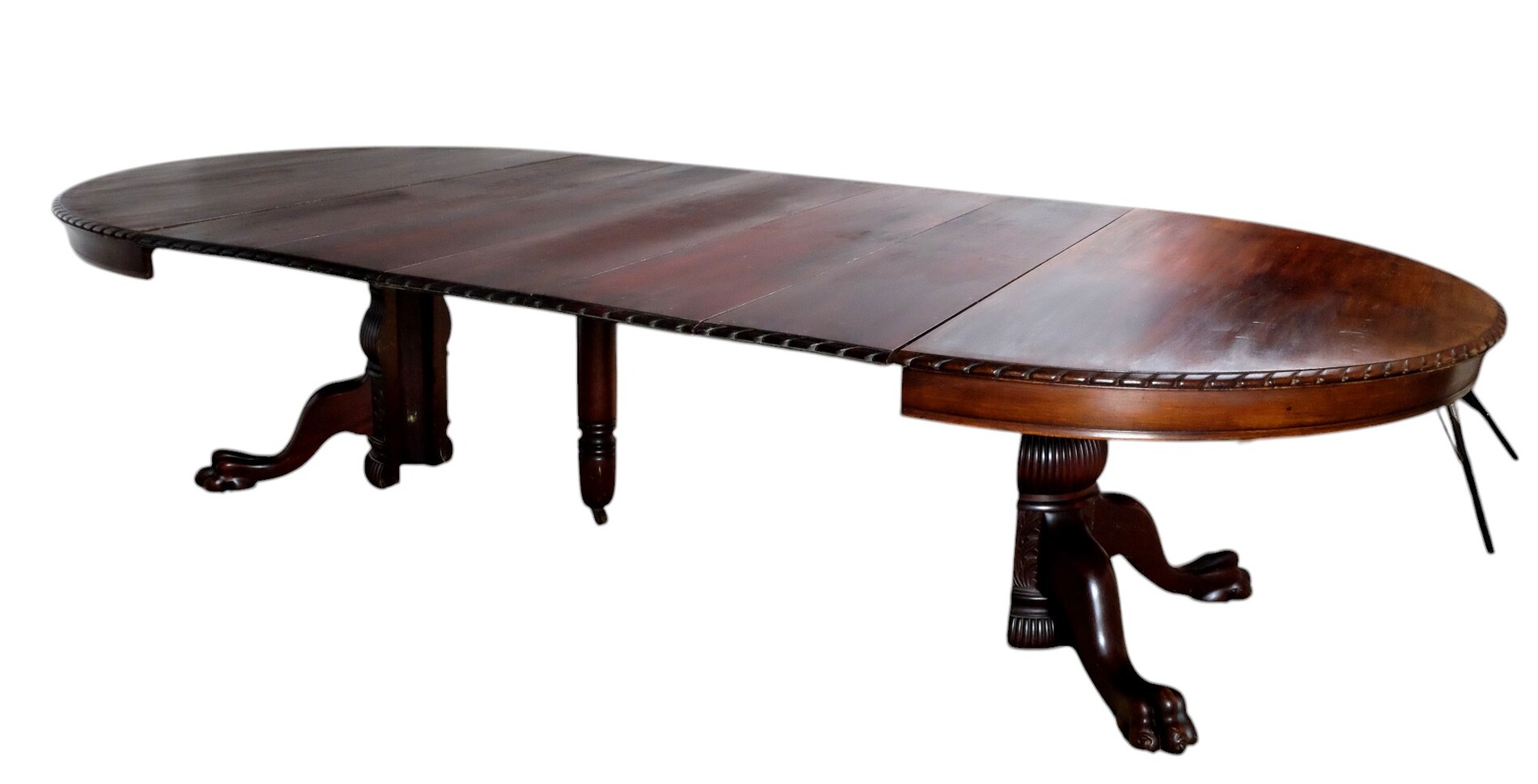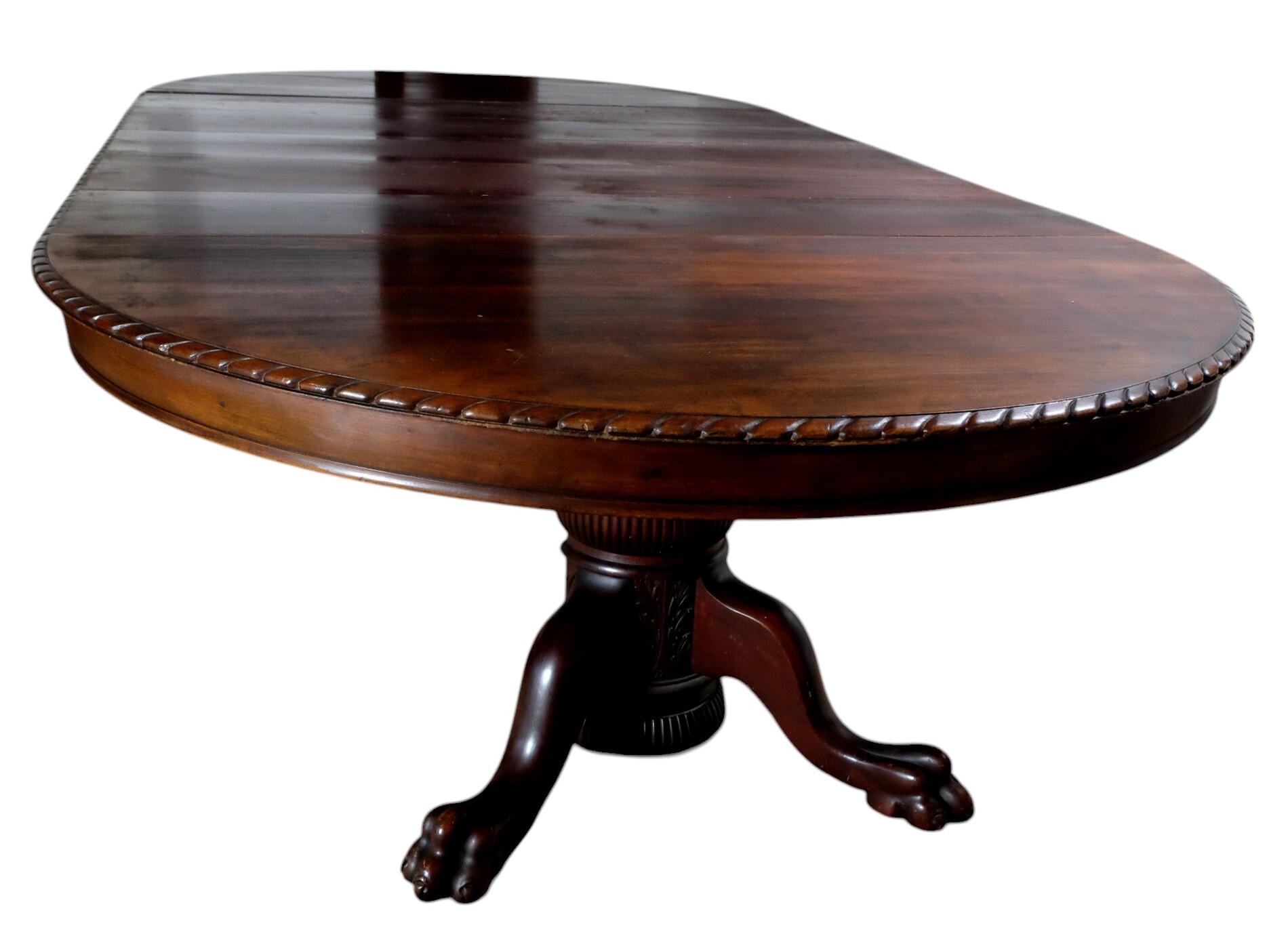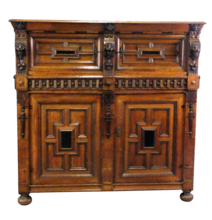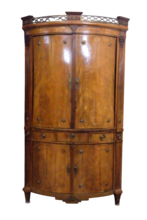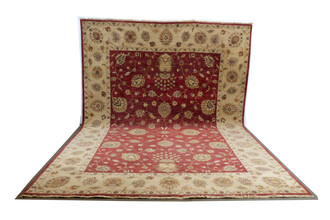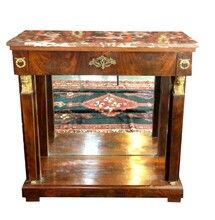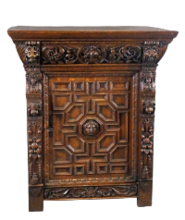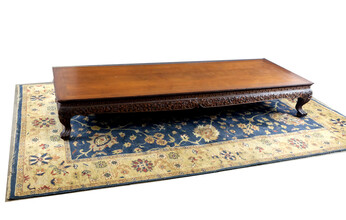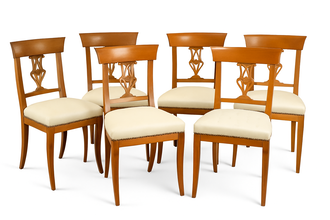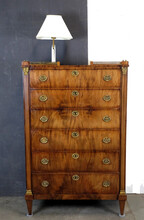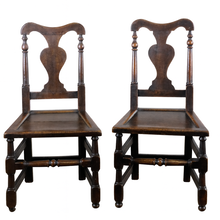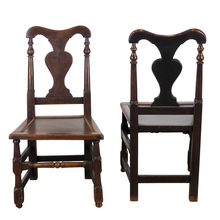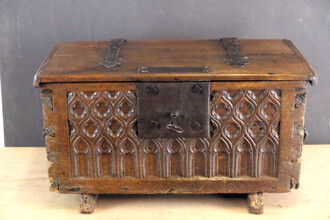Persian Sarouk Rug – American Sarouk | 320 x 160 cm | Superb Condition
A masterpiece of traditional Persian weaving:
a rare Sarouk rug in excellent condition, measuring a generous 320 x 160 cm and boasting an unparalleled, almost like-new sheen.
This rug is a textbook example of the beloved American Sarouk Arial">سه زر)
A special size; usually seen as a dozar, 200x130 cm.
This size is also known as a gallery size.
✦ Special Features:
• Origin: Sarouk, Arak region, Iran (ca. 1920–1940)
• Type: American Sarouk
• Dimensions: 320 x 160 cm
• Technique: Hand-knotted, asymmetrical (Senneh) knot
• Material: High-quality cork or virgin wool on a cotton base
• Color: Deep midnight blue field, floral patterns in crimson, ivory, light blue, and soft green
• Condition: Beautiful sheen, deep colors, no wear – almost like new
• Extra: Professionally cleaned and ready for use
✓ Rare dimensions and perfect proportions
✓ No restoration required – completely in original condition
✓ Lustrous pile, vibrant colors, and rich detailing
✓ Authentic artwork that combines comfort and culture
this is an example of a hybrid culture, both persian and american.
























